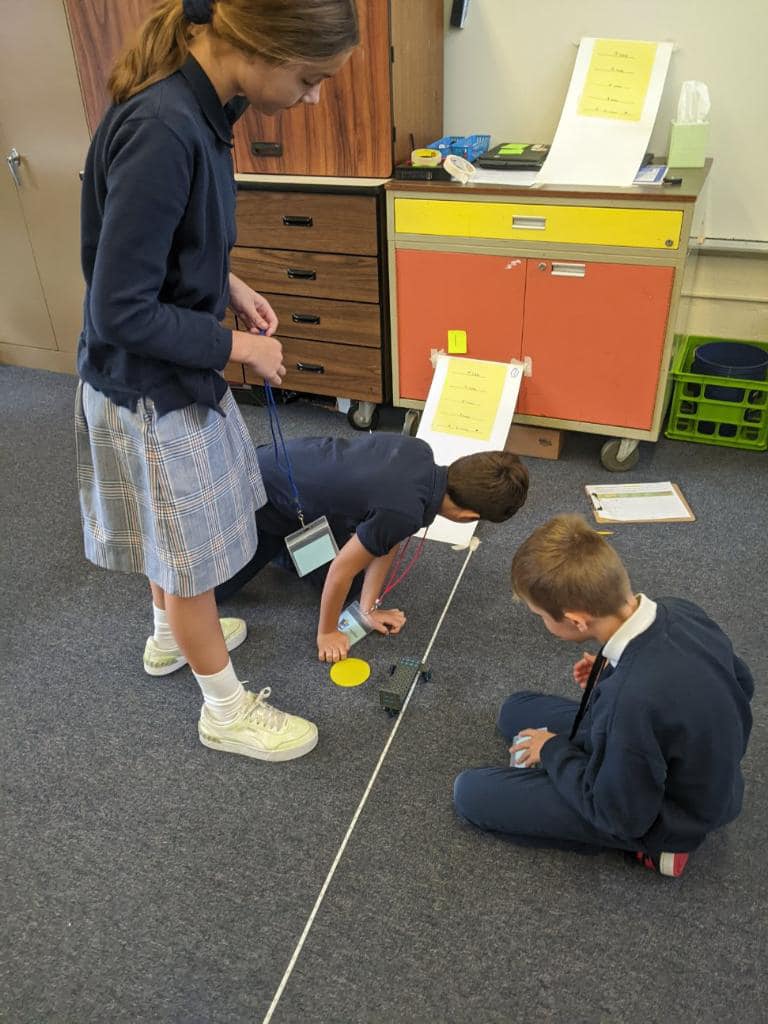Following reports that the United States was trailing behind other countries in developing students who were interested in science, technology, engineering, and math careers, the U.S. Department of Education and the White House teamed up on several initiatives to improve STEM education in the United States. Since 2010, schools across the country have adopted STEM curriculums focused on educating students in four specific disciplines - science, technology, engineering, and math - utilizing a real-world and interdisciplinary approach. Recognizing that the 21st century economy is driven by creativity and innovation, the faculty and staff at St. Mary of the Assumption adopted a comprehensive arts program to nurture the inventiveness, imagination, and ingenuity of their students. Furthermore, religion is woven into the fabric of the school's curriculum, thus providing students with a holistic education. Without faith and creativity, STEM training is incomplete. Therefore, S.T.R.E.A.M. more aptly describes how St. Mary's incorporates applied learning opportunities into the curriculum to help students think deeply and develop skills that employers are seeking.
In the primary grades, S.T.R.E.A.M. education focuses on introducing concepts through inquiry projects and informing students about related careers and occupations through visits from guest speakers. In the intermediate and junior high grades, students take their learning outside of the classroom through customized field trips and science labs that connect all six disciplines.








